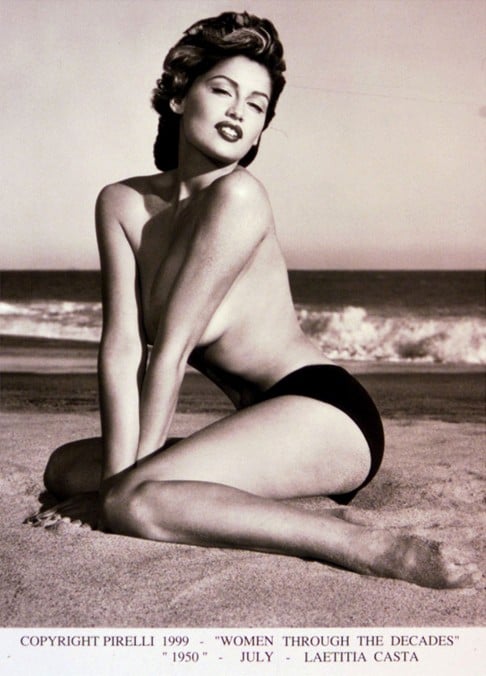Pirelli calendar at 50: soft-porn staple that won fashion set over
With its illustrious roll call of photographers and models, from Kate Moss to Annie Leibovitz, Pirelli’s triumph is a master class in image management

It is an assignment that Kate Moss, who has appeared on the cover of British Vogue 36 times, described as “the best job ever”.
Clive Arrowsmith, who has taken portraits of everyone from Michael Caine to the Dalai Lama, likened it to “a knighthood of photography”. Carine Roitfeld, the former editor of French Vogue, and Steven Meisel, who has shot all but one Italian Vogue cover in two decades, recently called their involvement with the title “an honour”.
Karl Lagerfeld, who was commissioned to shoot his “dear friend” Julianne Moore as the Greek goddess Hera, commented that “nobody believes in these gods any more, but [these] girls ... are the goddesses of today”.

The publication to which these giants of modern style refer? A soft-porn calendar promoting tyres. The extent to which the Pirelli calendar has been embraced by the fashion industry has been unavoidable, in the wake of 50th anniversary gala celebrations held in a modern-art gallery in Milan and attended by top-flight models, photographers, stylists and designers, and the publication of a new coffee-table book celebrating the half century.